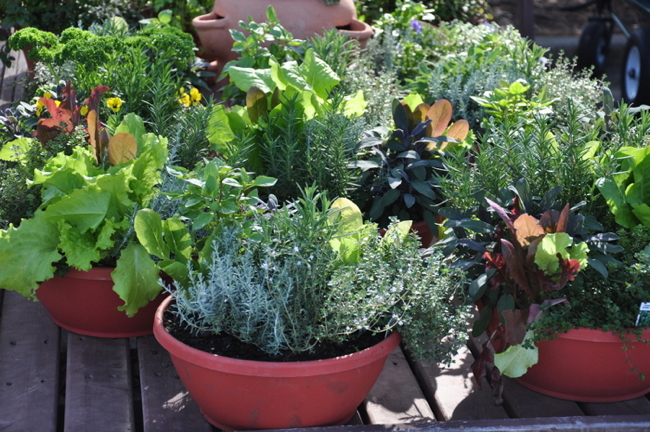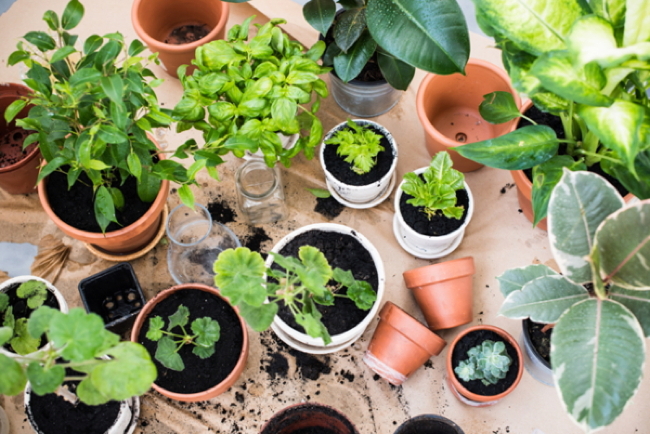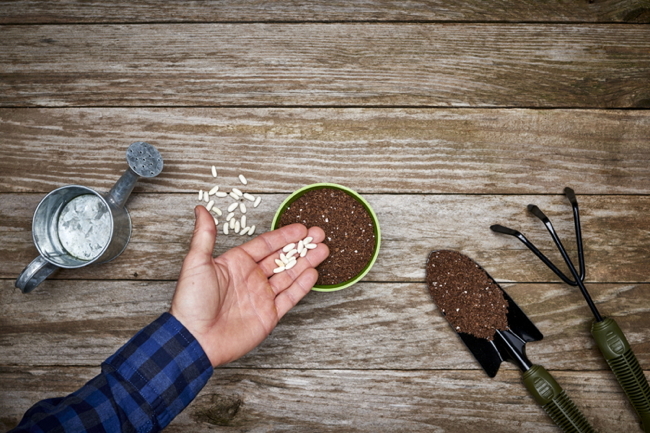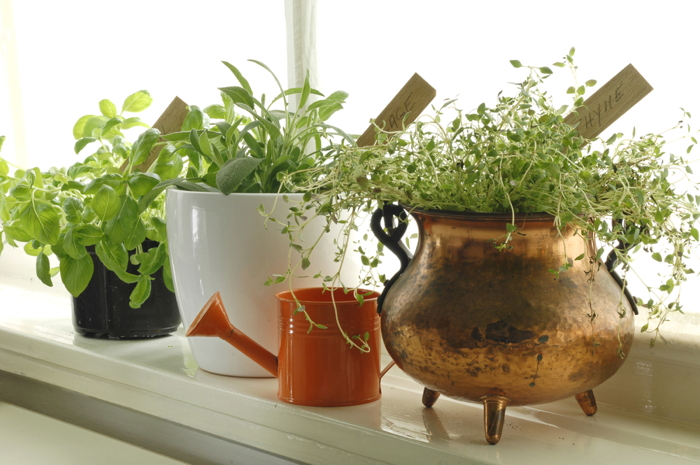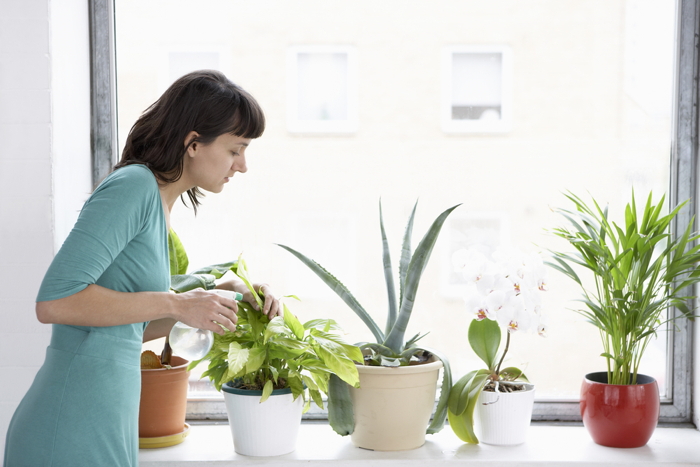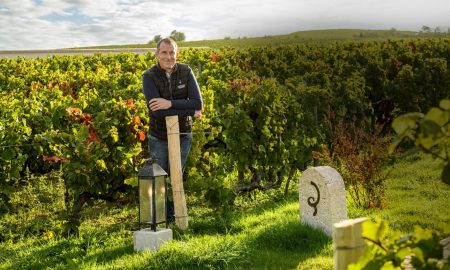There’s nothing quite rewarding than hosting a haute soirée, and boasting about all your homegrown vegetables and spices. While you may believe this is impossible living in the Big Apple, we’re here to refute your thought process. After attending a Seeds of Change culinary journey around the world, where we are able to sample five international cuisines with local flavors and discussed the importance of sustainable gardening and cooking, we interviewed gardening expert and host of Growing a Greener World Joe Lamp’l. Lamp’l shared his haute tips for growing your own organic veggies and herbs at home. Grab your gardening gloves, and get to work.
Where to Grow Vegetables
Classic summer veggies like tomatoes, squash and beans, need full sun mostly all day and they can take up a lot of space. But fear not! Most common vegetables today, have dwarf varieties that are perfectly suited for growing in small spaces like an apartment balcony or patio. Look for an obvious name on the plant tag to clue you in that this might be a good choice for a patio or balcony. In fact, many varieties bred for small spaces, have names that reflect that, like “patio”, “dwarf”, “container”, etc.
Alternatively, go for herbs, and non-fruit bearing edibles. Basil is a great example of a wonderfully edible plant that can thrive in non-full sun conditions (typically defined as 8-hours or more). Yet if you desire to grow those classic summer crops, give them as much sun as possible. Eight hours each day is considered best for optimal results. The less sun you have from there, the more they tend to not perform.
Containers are a great option for those small-space varieties. There’s no need to create big raised beds these days. There are many varieties that always thrive in small space gardens and containers. The key is to use great soil, commonly sold as container mix or potting soil, and keeping your plants very well hydrated, often watering once or even twice each day!
How to Start Seeds Indoors
Starting seeds indoors is easily done with very small investment of a 40-watt shop light and standard florescent bulbs. Don’t fall for the expensive grow light options for starting seeds! I find a simple standard florescent light tube (in pairs of 2) works great of germinating my seeds. The key is to use sterile “seed starting mix” and plant your seeds according to the package instructions about 6 weeks before planting outside. You’ll need a seed tray, great sterile soil and a plastic, clear topping to hold the moisture in while still allowing light to get in. These days, there are many companies that sell ready-to-plant kits that provide everything you need to get started for a very nominal fee.
How to Set Out Your Plants
Setting out plants outside after overwintering indoors needs to be done over a period of about a week to 10 days. The concept is to ease your plants into being used to the harsh sun again. This usually requires about seven days where each day you are exposing the plant to a little more sunlight each day to toughen them up. By adding about 15 or 30 minutes to each day’s exposure, by the end of the seven to 10 days, your plants should be fine and ready to set out.
How to Make Good Planting Beds
In an urban setting, focus on deep containers with great soil that have holes in the bottom to drain excess water from big rainfalls or a hose that runs too long. That’s the best of all worlds. You get portability and soil that is richer than your plants would find if planted directly in the ground. Then look for plants that were bred for small spaces and containers. It’s a winning combination!
Caring for Your Vegetables
If you have full sun (up to eight hours/day), daily watering is a must for plants living in containers. Nutrients will leach out with every watering, so come back in about every 10 days and add more nutrients, often in liquid form, to your plants. So often we think we can forget our growing friends, so be sure to observe! Keep an eye on your plants frequently. By doing so, you can catch any potential problems from pests or diseases, and make appropriate adjustments while you still have time to solve the problem without resorting to harsh, synthetic chemicals.







